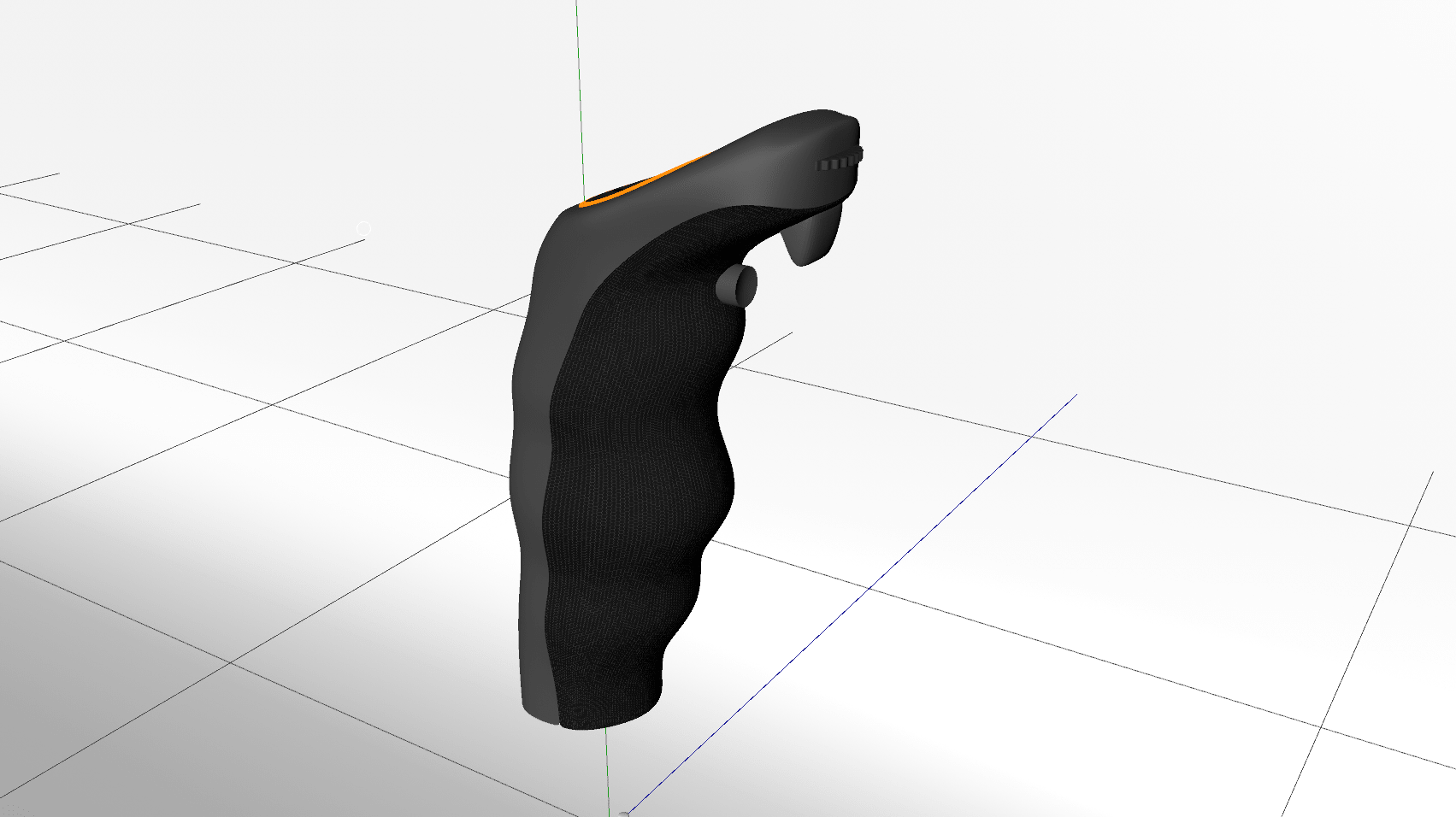case study
Here is an overview of the design process.
The following phases were carried out: define, ideate, and prototype.
game genre
To give the project more concrete context, we focused on the first-person shooter genre. Games of this kind are among the most complex and fast-paced.


Based on this, we developed the initial concepts and created prototypes to test the ergonomics and feasibility of our ideas. Through several iterations, we refined the concept into the final prototype, which we then modeled digitally.



